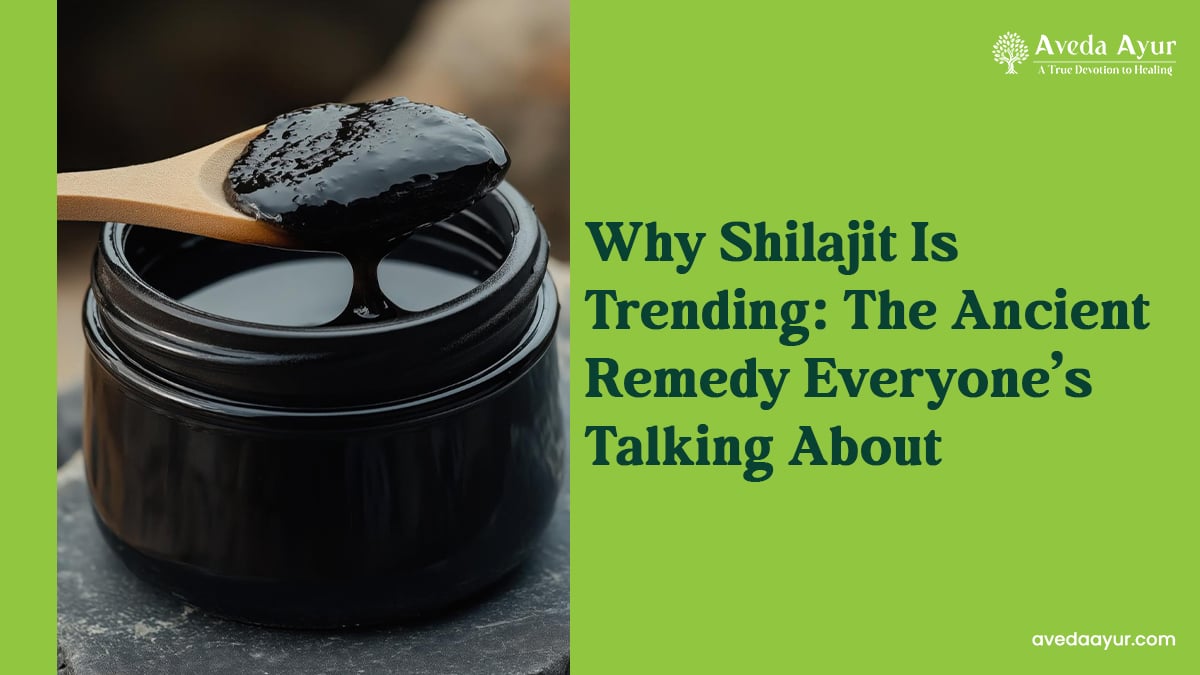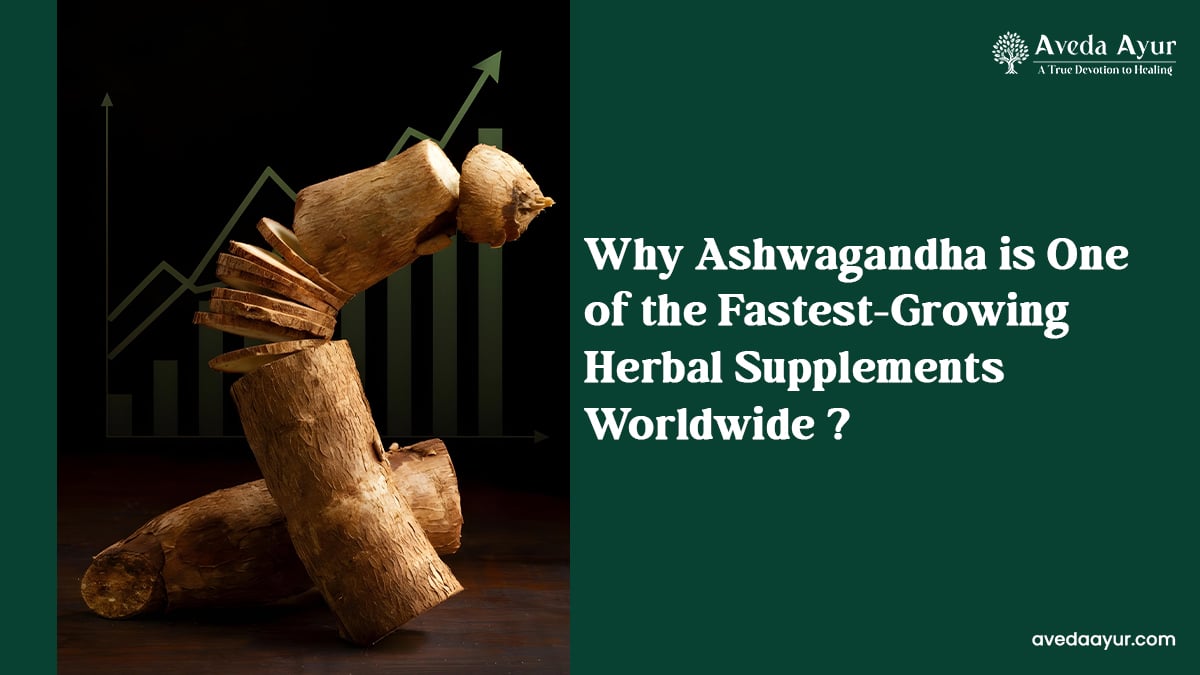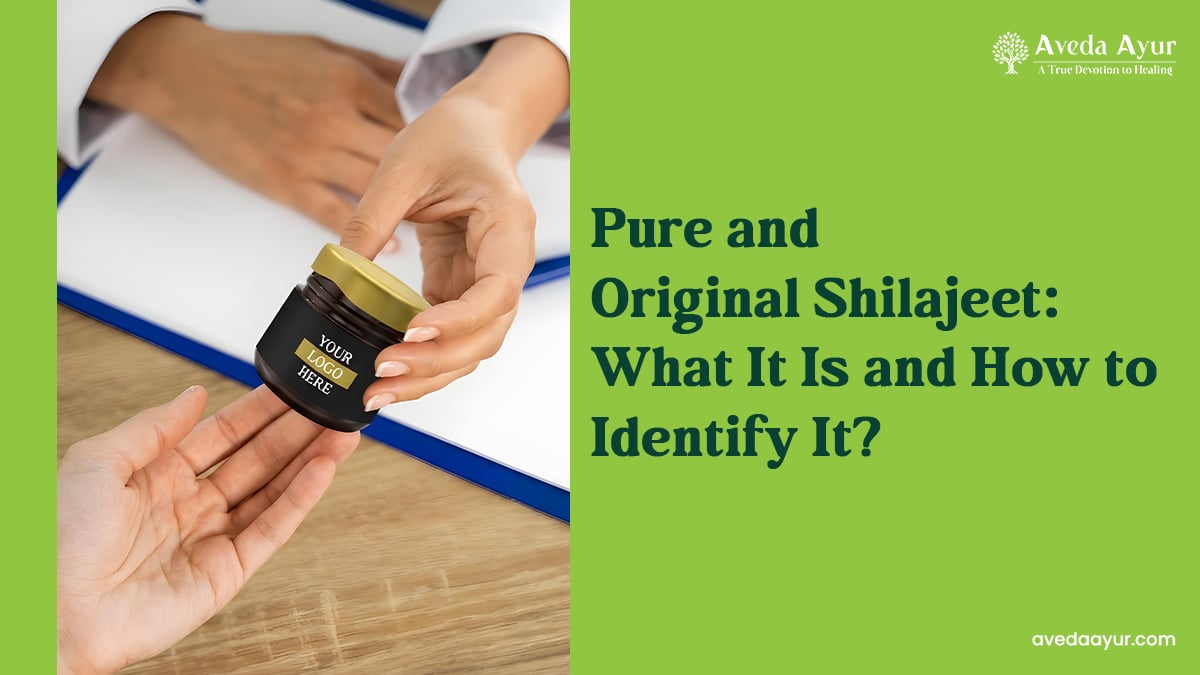Benefits of Bhang (cannabis), medicinal uses, dosage, and side effects
Bhang (cannabis) has been used in Ayurveda since ancient times to treat several disorders, for cultivation as a source of fiber, and as a great relation with rituals. This herb was named Vijaya in the medical field during the time of Vedas. Around 1000 BC in India, it was used as an intoxicant. In Atharvaveda, bhang is also considered a beneficial herb that controls stress and anxiety.
Botanical name- Cannabis sativa
Family- Cannabaceae
—-shloka—-

This shloka means that bhang synonyms are bhang, ganja, matulani, madini, vijaya and jaya. It removes Kapha, is bitter, increases bowel movements, digestive, light, piercing, hot potency, increases pitta dosha, desire, speech, and digestive fire.
(Reference- Bhavaprakasha nighantu: haritkyadi varga- page no. 137 and shloka no. 233 and 234)
Bhang (Cannabis) Names in different languages
- English name – Marijuana, Indian Hemp
- Hindi Name- Charas and Bhang
- Kannada Name- Bhangi Soppu
- Bengali Name Siddi, Ganja, Bhang
- Gujarati Name – Bhag
- Farsi name – Kinnab
- Tamil Name- Bangi, korkkamuchi, kalpam, Ganjam
- Telugu name- Gunjai, Kalpa mechettu, Bhagiaku, Ganjachettu
- Sweedish name- Tlamp
- Turkish name- Int heneviri
- Assamese name- Dai ma
- Spanish name- Cannamo, Bhangane de la India, Canamo Indiana
Synonyms in the Sanskrit language
Synoyms of bhang are Indrasana, Ganjayika, Ganja, Vijaya, Bhangika Matulani, Jaya, and Madani
Morphological characteristics
Bhanga is an annual herb that grows up to the height of 3 to 10 feet or more. Its stem is erect and has Greece green hair on it. Its leaves are stipulate, palmate, having long petiole, and smooth dark green with serrate.
Leaves at 10 cm long and 1.5 cm wide. Leaflets are 3211 in number and have acute stipules at the base with tapering ends. Flowers are unisexual, small in which female flowers have five vein leaves, single and hairy. Its ovary is one-celled and has a hanging ovule with thread-like stigmas. Its fruit is small, brownish-grey in color, and full of seeds.
It is cultivated in Central Asia and is also native to Iran, Asia, Pakistan, Europe, China, and Iraq. It is also well cultivated in Places of India like Kashmir, Uttar Pradesh, Nainital but seen wild in North-Western Indian regions like Tamilnadu, Rajasthan, Bihar, and Kerala.
Varieties of Bhang (Cannabis)
There are mainly two varieties that are considered based on which two varieties are dissembled.
- Cannabis sativa
- Cannabis Indica
Chemical constituents present in it
Cannabinol, Cannabinoids, Cannabidiol, Eugenol, Tetrahydro- cannabidiol, Cannabichromene, I- dehydro- tetrahydrocannabinol, sesquiterpenes, etc.
Description of Bhanga (cannabis) in Nighantus
- Bhavaprakasha has mentioned the therapeutic effect of the bhang in Atisara.
- In the shodala nighantu, there is a reference to Bhanga is given.
- Raja nighantu and Madanapala nighantu mentioned the effects and therapeutic use of Bhanga.
- Bhavaprakasha mention the therapeutic use of Bhanga in Nasadhikara
- Chakradutta has mentioned in the kushta chikitsa that it has the property of removing external germs.
Medicinal properties of bhang (cannabis) according to Ayurveda
Rasa (taste)- Tikta (Bitter)
Guna (qualities) – Teekshna (strong), Laghu (light), and Vyavayi (spreads to all parts of the body swiftly)
Vipaka- (Undergoes pungent taste conversion after digestion)- Katu (Pungent)
Veerya (Potency)- Ushna (Hot)
Effect on Tridosha- Vatakaphahara (Balances Vata as well as Kapha Dosha).
Medicinal uses of bhanga (cannabis) according to Ayurveda
Digestion- Bhang is rich in fibers so it helps to add digestion process and keep the bubble movements regular. The insoluble fiber present in it works as a laxative and adds bulk to the stools. The fiber content is mainly found in the shell of hemp seeds. Hence it is better to consume it along with the shell.
Arthritis- As an anti-inflammatory and analgesic, it helps to reduce inflammation as well as pain in arthritis patients. The soil obtained from its seeds lubricates the stiff joints and keeps them strong. It can also be used in cooking for better results.
Skin- In various skin disorders, oil obtained from hemp seeds shows beneficial results in skin disorders like eczema, psoriasis, etc. This Koyal penetrates the skin layers and promotes the healthy growth of cells. It is the richest source of vitamin E and Hans can be used in cosmetic products like lotions, soaps, lip balms, etc. Due to its antioxidant property, it also eliminates the harmful free radicals from the skin that causes infection.
Heart disease- As its seeds are the richest source of arginine and linolenic acid that works directly on the heart muscles and reduces the risk of heart disease. This herb is also helpful in reducing blood pressure and decreasing the risk of blood clot formation which leads to heart attack, stroke, etc.
Drinking Bhanga and (cannabis) Bhang oil Benefits
Drinking bhang helps to reduce pain, seizures, muscle spasm, nausea, vomiting, etc.
Part Used: Leaves
Dosage:
- 125 to 250 mg (Leaf powder)
- 60 to 125 mg (Ganja)
- 30 mg (Charas)
Side effects of bhang (cannabis)
Bhang is unsafe to use during pregnancy, lactation, and in small children. Bhang’s side effect on the brain- reduces short-term memory, concentration, coordination, etc.
FAQ
How much bhang is good for health?
In excessive doses, it may be destructive so 500 mg of bhang is good for health.
Can bhang be consumed daily?
No, it cannot be consumed daily because it may reduce short-term memory and coordination.
Is bhang good for the heart?
Yes, bhang is good for the heart because it works directly on heart muscles.
Is bhang good for the stomach?
Yes, it is good for the stomach because of its good digestive property.
Conclusion
From this article, it is concluded that bhang can be used in proper dosage to treat heart, skin, and digestion-related issues. But it cannot be used during pregnancy, lactation, and in small children. Consult your doctor before using bhanga as it may not cause any side effects or harm your body.
Note: Our purpose is to serve useful information related to Bhanga‘s benefits, dosage, and other properties. It is advised to the patients not to consume Bhanga on the basis of this information. Before taking Bhanga as a medicine it is better to have an expert opinion because dosage and treatment vary from patient to patient depending on their symptoms and medical history.
Doctor Consultation Online: Get Personalized Consultation
At Life Aveda, we provide personalized diet consultation. In this, a doctor discusses the medical history of patients, does the root analysis on causes. After the deep analysis doctor suggest the necessary medication to the patient. To book a Consultation call on us at +91 7743002520 or click on the button to schedule an appointment with our expert doctors.
We Care For Your Health
- 100% PRIVACY PROTECTION
- VERIFIED DOCTORS
- QUICK RESPONSE










